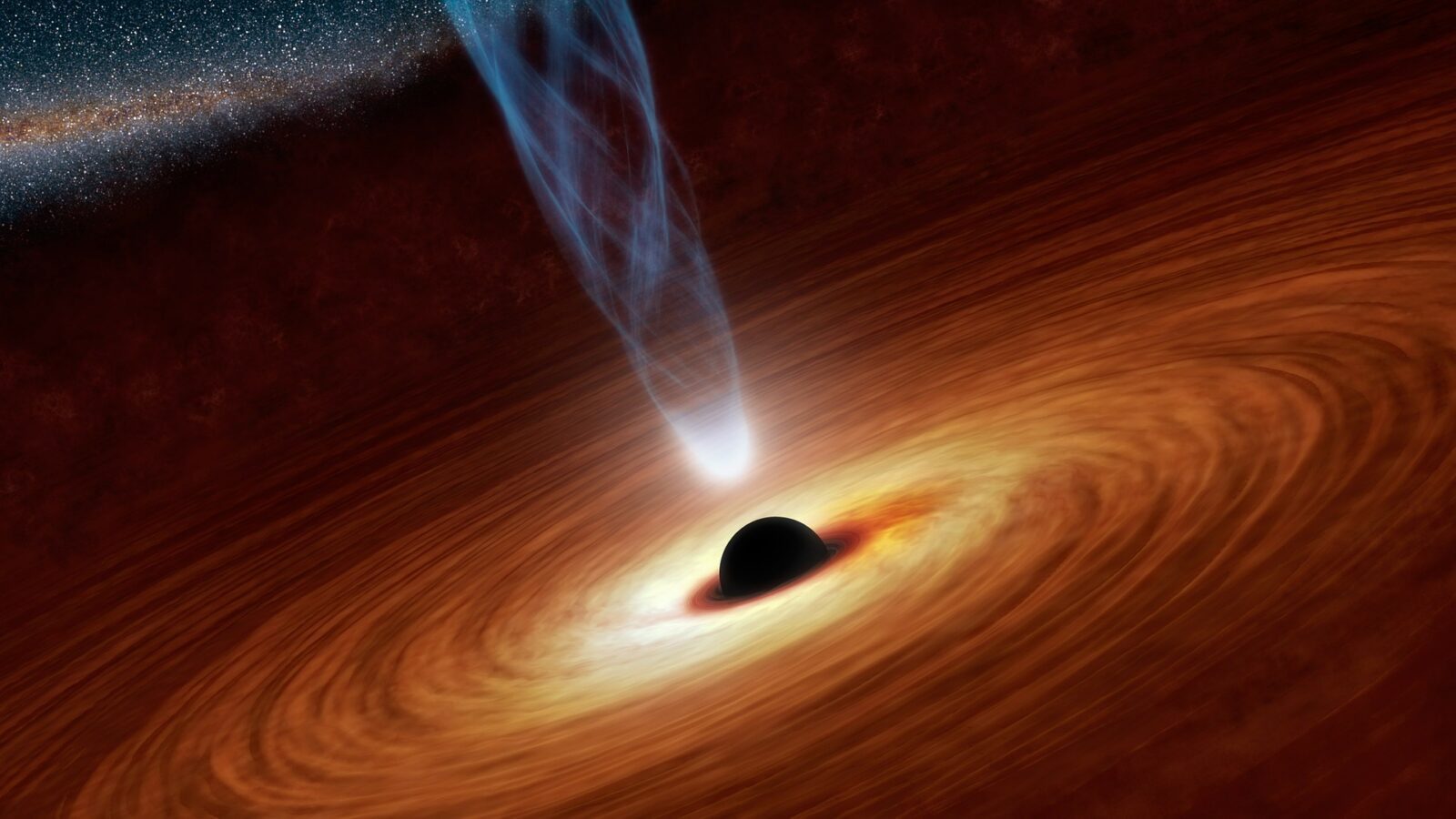Black holes and light had given physicists a lot of headaches over the decades. While black holes are the most mysterious phenomenons of the Universe by far, light has puzzled the minds of scientists mainly for the fact that its speed is always constant.
It was well-known that around black holes, space becomes very warped. Even light rays are able to curve around such black holes a few times. Thus, multiple versions of the same thing could emerge. But according to The Brighter Side, scientists couldn’t bring a mathematical expression for this until now, thanks to a Danish student.
Albert Sneppen sheds light
Albert Sneppen is the student in question, and he is from the Niels Bohr Institute. The space surrounding a black hole curves so much that it can grant the illusion of seeing a galaxy multiple times, although it shall be distorted.
The Danish student says, as quoted by thebrighterside.news:
There is something fantastically beautiful in now understanding why the images repeat themselves in such an elegant way. On top of that, it provides new opportunities to test our understanding of gravity and black holes.
Sneeppen’s method can also be considered for rotating black holes. The student also explained, as cited by the same source:
It turns out that when the it rotates really fast, you no longer have to get closer to the black hole by a factor 500, but significantly less. In fact, each image is now only 50, or 5, or even down to just 2 times closer to the edge of the black hole.
Although scientists like to admit it or not, there still are a lot of questions without an answer regarding black holes in general.
The new findings were published in Scientific Reports.












Leave a Reply